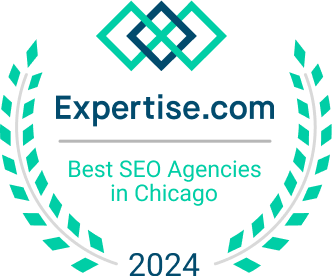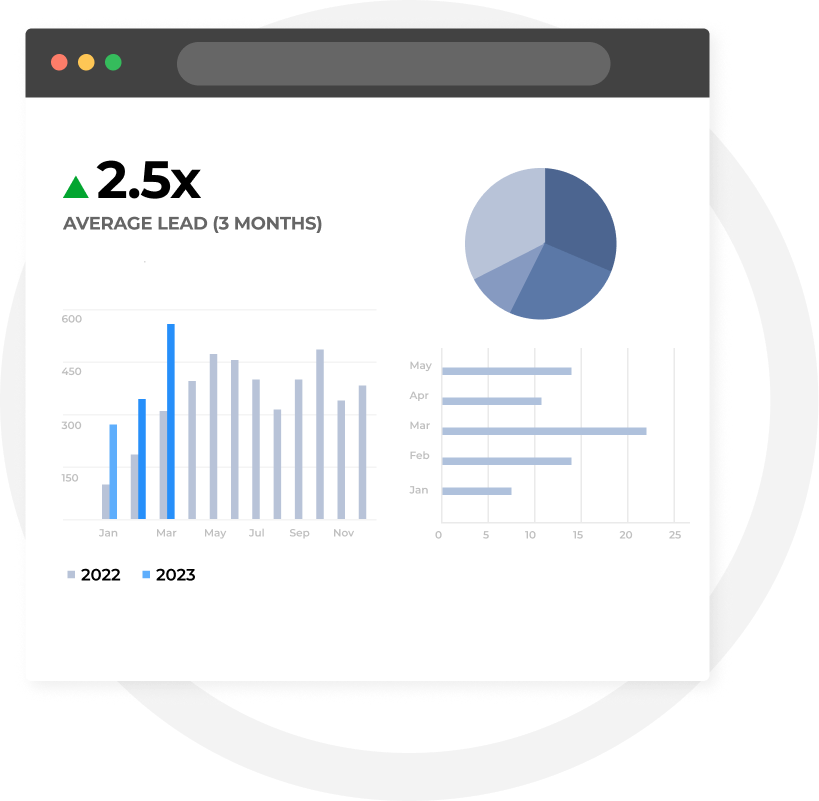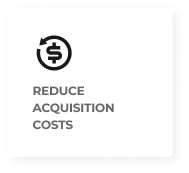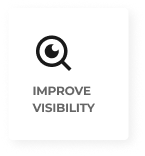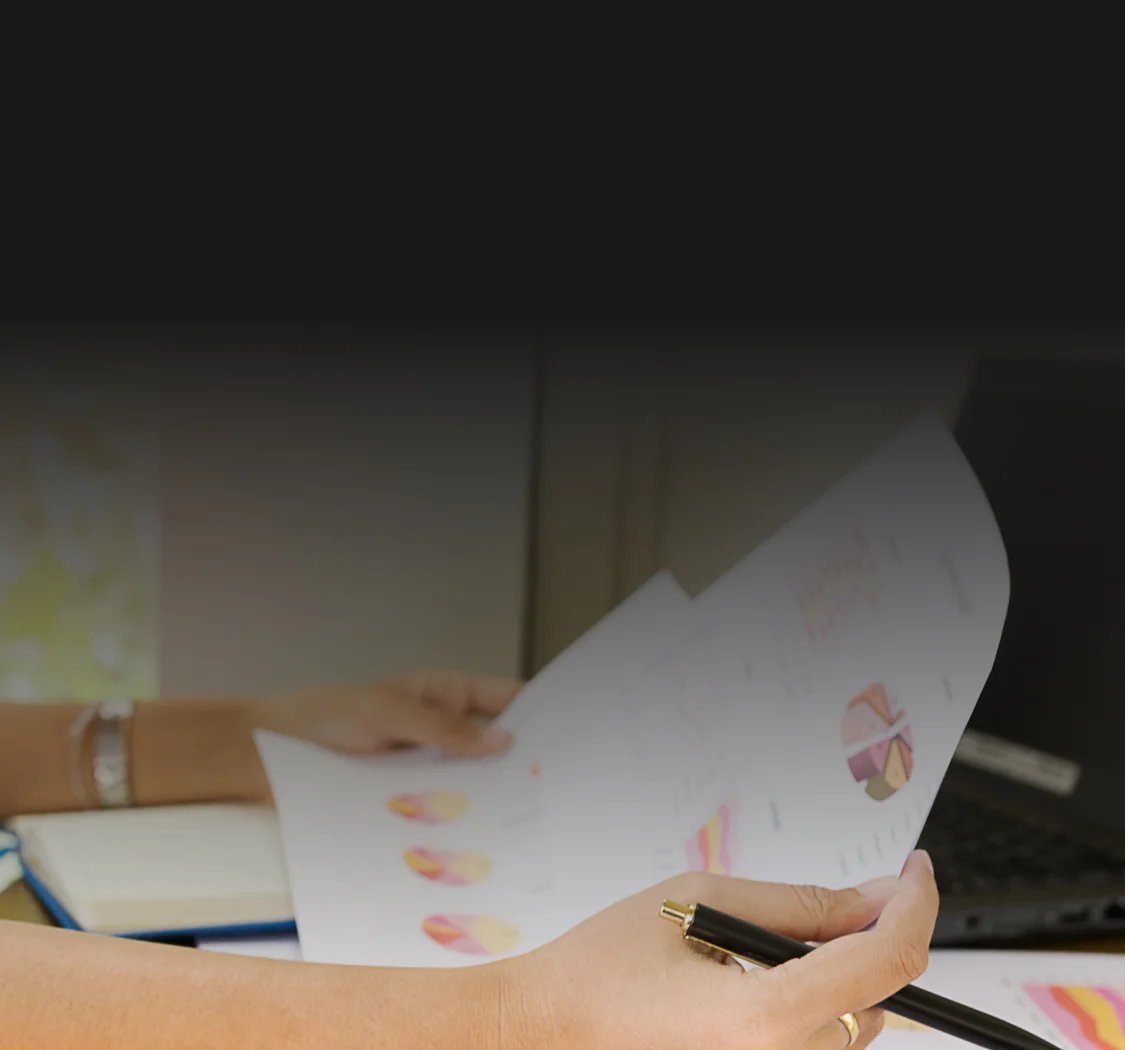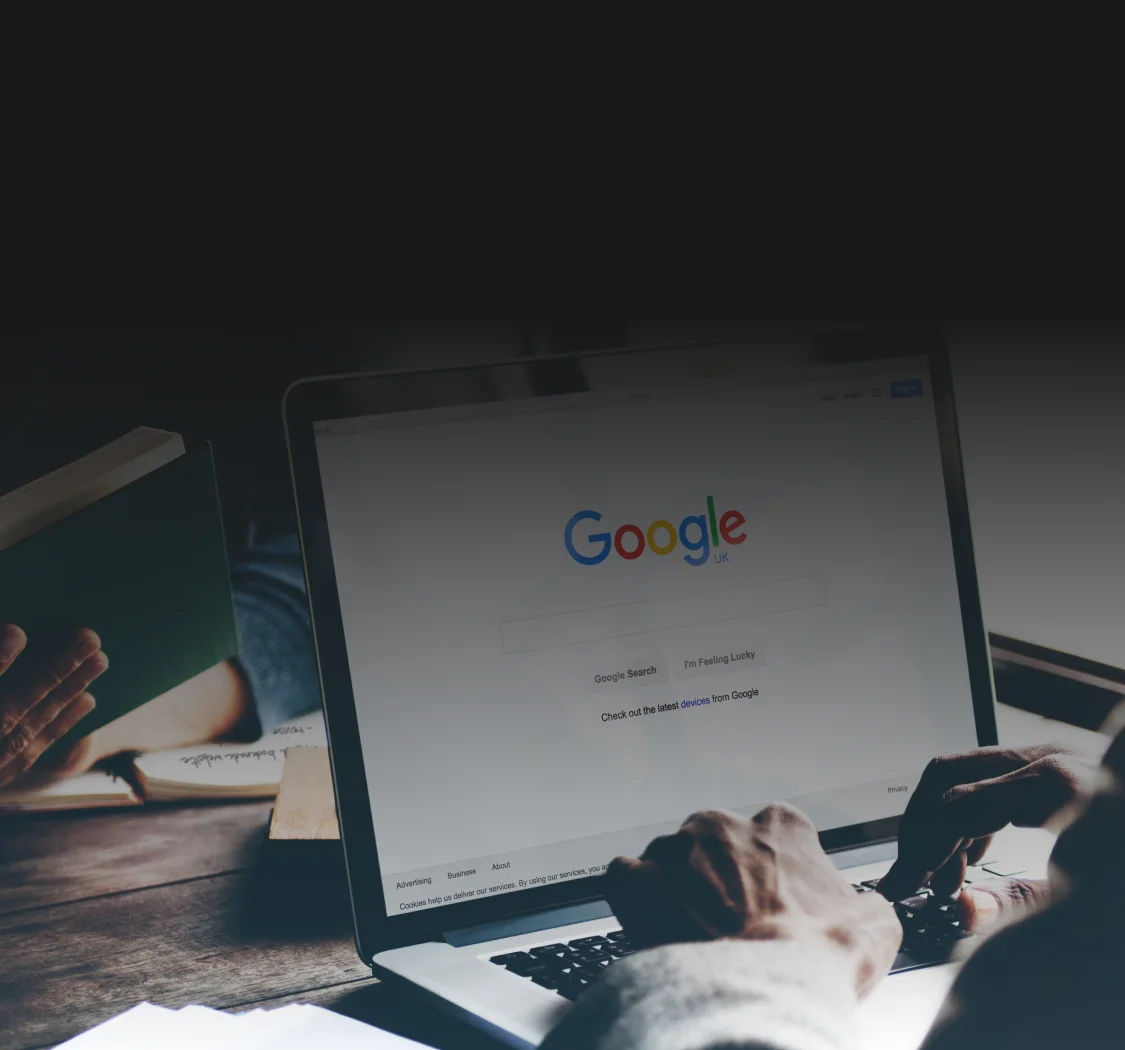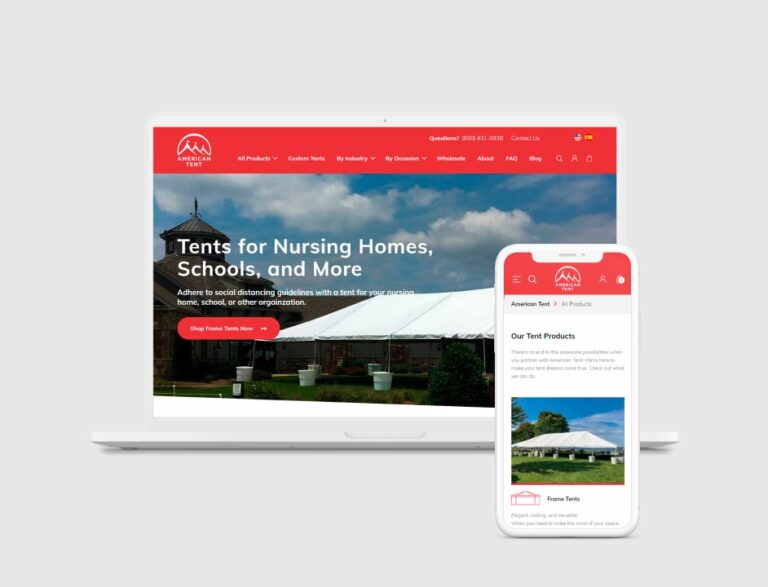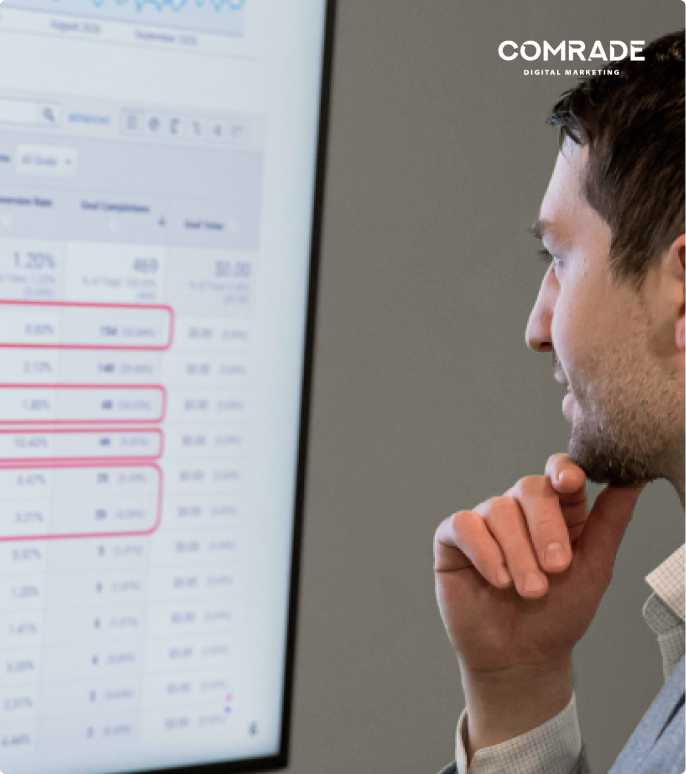What Is the Difference Between CTR and CR?

Click-through rate (CTR) is the percentage of individuals who clicked on a specific link or call to action to visit a website or landing page, versus the number of times it has been viewed (impressions).
It’s used by marketers to measure the effectiveness of paid marketing campaigns and reveal the effectiveness of ad copy, subject lines, and metadata. Improving CTR is the fastest way to boost conversions and sales.
CTR is calculated by dividing the number of total impressions by the number of clicks and multiplying by 100. For example, if an advertisement for sneakers generated 200 clicks and 1,000 impressions, the CTR is 20%.
Average click-through rates vary by industry and ad position. Generally, a good Google Ads click-through rate is 4-5% on search networks and 0.5-1% on display networks.
Conversion rate is also shown as a percentage. It reveals how many website visitors complete an action out of the total number of visitors.
This metric doesn’t just include sales — it’s any desired action that brings visitors closer to making a sale. For marketers, it is one of the most essential KPIs to track because it directly impacts revenue.
Conversion rates are calculated by dividing the total number of visitors to your website or landing pages by the number of goals completed. For example, if you had 30 conversions from 300 interactions, your conversion rate would be 3% (multiplying by 100 translates the figure into a percentage.)
A good conversion rate is between 2% to 5%, but again, this varies between industries. For instance, retail eCommerce typically has a higher conversion rate than the legal industry because it constantly attracts buyers. Consumers mainly tend to buy more retail items than higher legal expertise.
At Comrade Web Digital Marketing Agency, we always find out what the ideal conversion rate and click-through rate are for your industry, and implement appropriate conversion rate optimization measures to achieve it.
Good CRO Example:
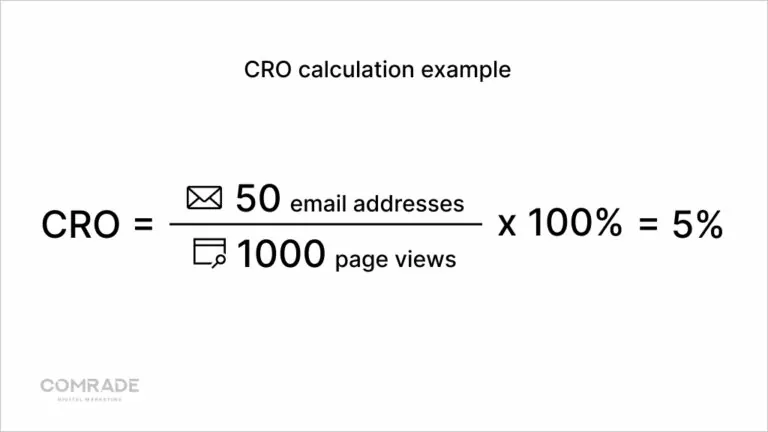
A roofing company sets up a lead capture form in exchange for an eBook on DIY roof repairs. In the first week after launching the form, the company gained 1000 homepage views and 50 new email addresses.
This means the conversion rate is 5%, which is decent according to the average conversion rate.
However, lower conversion rates are not always the result of poor conversion rate optimization. Factors like offer and revenue generation are also important. A luxury brand, for instance, might have a lower conversion rate, but then needs to sell fewer products to make a profit, whereas a store selling cheaper goods has to sell much more to attain high-profit margins.
What Do CRO Services Include?
Our conversion rate optimization services aim to provide value to every interaction your potential customers have with your business online. This includes everything from internet marketing analysis to website design.
UX/UI Analysis
We start by measuring how user-friendly your web design is, and whether it’s designed with the buyer’s journey in mind. A/B testing and heat mapping inform us which elements encourage users to spend more time on your web pages, and which areas they avoid.
Once we know what works and what doesn’t, we can tweak your website to keep more visitors on more pages for longer and provide a more satisfying user experience. This ultimately improves online engagement and leads to higher conversion rates.
Internet Marketing Conversion Analysis
Besides paid advertising, the only other way to attract your target audience to your website is through strategic content marketing. An in-depth analysis will help you understand what website content draws the most user engagement.
We’ll look at the types of content you’re creating, keyword usage, copy, and design to determine how successful they are in getting your target audience to act. Based on the results, our team will develop and implement a content strategy that attracts more qualified visitors.
Conversion Funnel Analysis
Conversion funnels typically flow from the awareness stage of a product or service, all the way to purchasing. An analysis maps the flow of website visitors through a specific set of steps that results in conversion.
It helps us understand where leads are dropping off their path to conversion and what percentage of website traffic makes it all the way through.
We use this analysis to find out your most valuable traffic sources and improve non-converting spots to ensure you’re investing your marketing spend in the right CRO efforts. The right conversion optimization strategies can be a major boon to your business.
CTR Analytics
Click-through rates are highly variable across industries, businesses, and marketing campaigns. Because they’re highly contextual, our internal team takes great care to analyze them in the context of your industry and advise action based on your niche.
With our detailed approach to CRO services, we can even analyze CTR in the context of your site’s conversion funnel, and narrow our focus onto each stage of the buyer’s journey. Whether it’s paid advertising, social media activity, organic search results, or email marketing campaigns, we’ll get to grips with how effective, clear, and relevant your marketing is.
Lead Generation Form Audit
Lead generation forms are vital to customer acquisition and sales. Effectively capturing website visitor information and following up with drip marketing campaigns helps build a database of qualified leads that eventually become customers.
Our lead generation form audits review a range of factors from web design to value proposition, form fields, question relevance, personalization, and more, to measure how persuasive your lead capture forms are and where they need better conversion tactics.
A/B Testing
Our comprehensive A/B testing and conversion optimization process involves systematically testing website elements to increase conversion rates. Our conversion optimization experts analyze everything from page layout to call-to-action buttons to identify the highest-performing variations.
Every business website wants visitors to convert from being mere visitors to something else. For e-commerce sites, this conversion is almost always a consumer making a purchase. The rate at which a website is able to do this is known as its “conversion rate”. Measuring the performance of a variation (A or B) means measuring the rate at which it converts visitors to goal achievers.
A/B testing enables an online business to make the most of its existing traffic. While the cost of acquiring paid traffic can be significant, the cost of increasing conversions is minimal. The return on investment of A/B testing can be massive because even minor changes made to a landing page or website can result in major increases in leads generated, and thus higher sales and greater revenue.
Our A/B testing service offers all this and more. We are committed to improving your ability to generate income by discovering how and why people are or are not converting from mere visitors to full customers. And we promise results.
How Do Conversion Benchmarks Vary by Industry and Channel?
At Comrade Digital Marketing, headquartered in the heart of Chicago, we help businesses here and across the U.S. understand how their performance stacks up. Whether you’re in Chicago, New York, Miami, or beyond, knowing your industry’s average conversion rates is essential for setting realistic goals and identifying opportunities for improvement.
Conversion benchmarks vary widely depending on the type of business you run. E-commerce sites, law firms, SaaS providers, and service-based companies each have different customer journeys, sales cycles, and lead-to-sale ratios. Understanding these differences allows you to fine-tune your strategy and maximize ROI.
Average Conversion Rates by Industry
Even within the same industry, conversion performance can vary based on your target market and marketing approach. Here’s a snapshot of industry averages:
| Industry | Average Conversion Rate |
|---|---|
| E-commerce | 1.8% – 3.2% |
| Legal Services | 2.4% – 4.0% |
| SaaS | 3.0% – 7.0% |
| Healthcare | 3.0% – 5.5% |
| Home Services | 2.0% – 3.5% |
| Finance & Insurance | 4.0% – 6.0% |
While these numbers offer a baseline, factors like user experience, content quality, and call-to-action placement can push your rates above the industry norm.
Why Marketing Channel Matters
The marketing channels you use can make or break your conversion rates. Paid ads, email marketing, and organic search traffic each attract visitors with different intent levels, influencing how likely they are to take action.
| Channel | Average Conversion Rate |
|---|---|
| Organic Search | 2.8% – 4.5% |
| Paid Search | 3.5% – 5.0% |
| Email Marketing | 4.0% – 6.5% |
| Social Media | 1.0% – 2.5% |
High-intent channels like email and paid search often outperform others, but they require precise targeting and strong messaging.
Whether your business is in Chicago’s competitive market or another city entirely, Comrade’s data-driven approach (like analyzing user behavior) ensures your campaigns are optimized for both industry and channel benchmarks. By comparing your current performance against these standards, we help you spot gaps, improve ROI, and grow your market share.
Our work with clients nationwide shows that exceeding benchmarks is rarely about one big change — it’s about ongoing testing, refinement, and strategic alignment between your goals, audience, and marketing mix.
How Long Do CRO Consulting Services Take?
Professional conversion rate optimization requires ongoing refinement guided by conversion research and optimization strategy. Our CRO agency continuously monitors website conversion rates, implements optimization processes, and measures conversion optimization results to maximize ROI. Algorithms and user behavior are forever changing, and so conversion rate optimization is continuously tweaked to meet the fluctuating demands of online environments.
As a professional CRO company, our preferred approach is a few months to a year or more. After comprehensive auditing, we conduct A/B testing, also known as split testing, to determine which combination of variables works best. Needless to say, it takes time to gather feedback and determine the marketing tactics that achieve optimal results.
Comrade Web Digital Marketing Agency doesn’t consider conversion rate optimization to be a once-off exercise. We’re committed to providing marketing services for the long haul, helping our clients compete in a fast-changing world and stay ahead.

